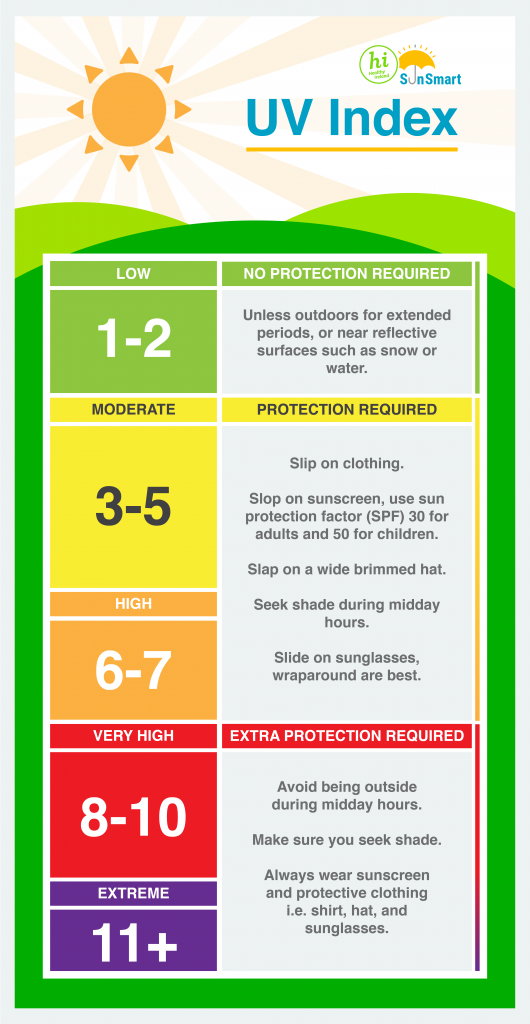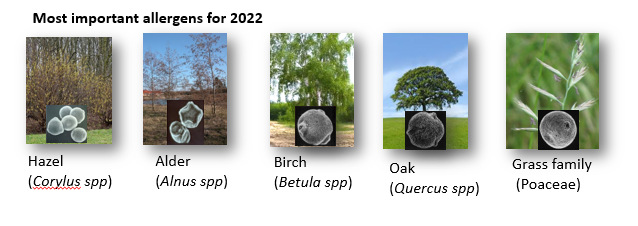Today marks the start of the pollen and UV Index season, where Met Éireann provide forecasts for three days ahead available on our website and app.
Pollen Forecast
This year we expect the birch pollen season to be around average, starting in the last week of March in the south-east of the country, spreading to the north by the beginning of April. The peak period will last through to late April, with a high risk on dry, sunny days, especially in the east of the country.
The ash pollen season will coincide with birch pollen, with a moderate risk, again mainly in eastern areas. This year the oak pollen season will be from mid-April to mid-May.
Grass pollen season will start from around mid-May, with the peak period likely in the middle two weeks of June.
The Pollen Forecast is available on the Regional Forecasts of our website and app and is provided by University of Worcester, UK. This 3-day forecast covers today, tomorrow and the next day with a risk of Low, Moderate or High for each region. The regional forecasts are available in the Forecast menu of our website for example for Leinster here, or on the app by searching for a location in that region.
Solar UV Index
The daily Solar UV Index level is available in our Regional Forecasts until the end of August, with data sourced by Deutscher Wetterdienst.
As we go through spring and the sun gets higher in the sky, sunlight becomes noticeably stronger with harmful UV rays having the potential to cause skin damage. People may be surprised to get sunburn in early April, but it’s helpful to remember that the sun is as strong in Ireland in April as it is in August. Sunlight is at its strongest at the summer solstice in June, then it is as strong in May as it is in July, as strong in April as it is in August and so on. So even though it may not be as warm in April as in August, the sun is just as strong, and you will still burn when exposed to the sun.
It is important to note that the ozone hole over the Arctic is at its biggest and most damaging at the end of winter and during spring, allowing more harmful UV rays to reach the surface. More information on this and the recent dry spell is detailed in the latest update to our Meteorologist’s Commentary and the Climate Report.
The UV Index page has more detailed information on how to protect yourself during the spring and summer months, along with the measurement from one of our Brewer Spectrophotometers (an instrument which measures ozone, and computes the UV level).

